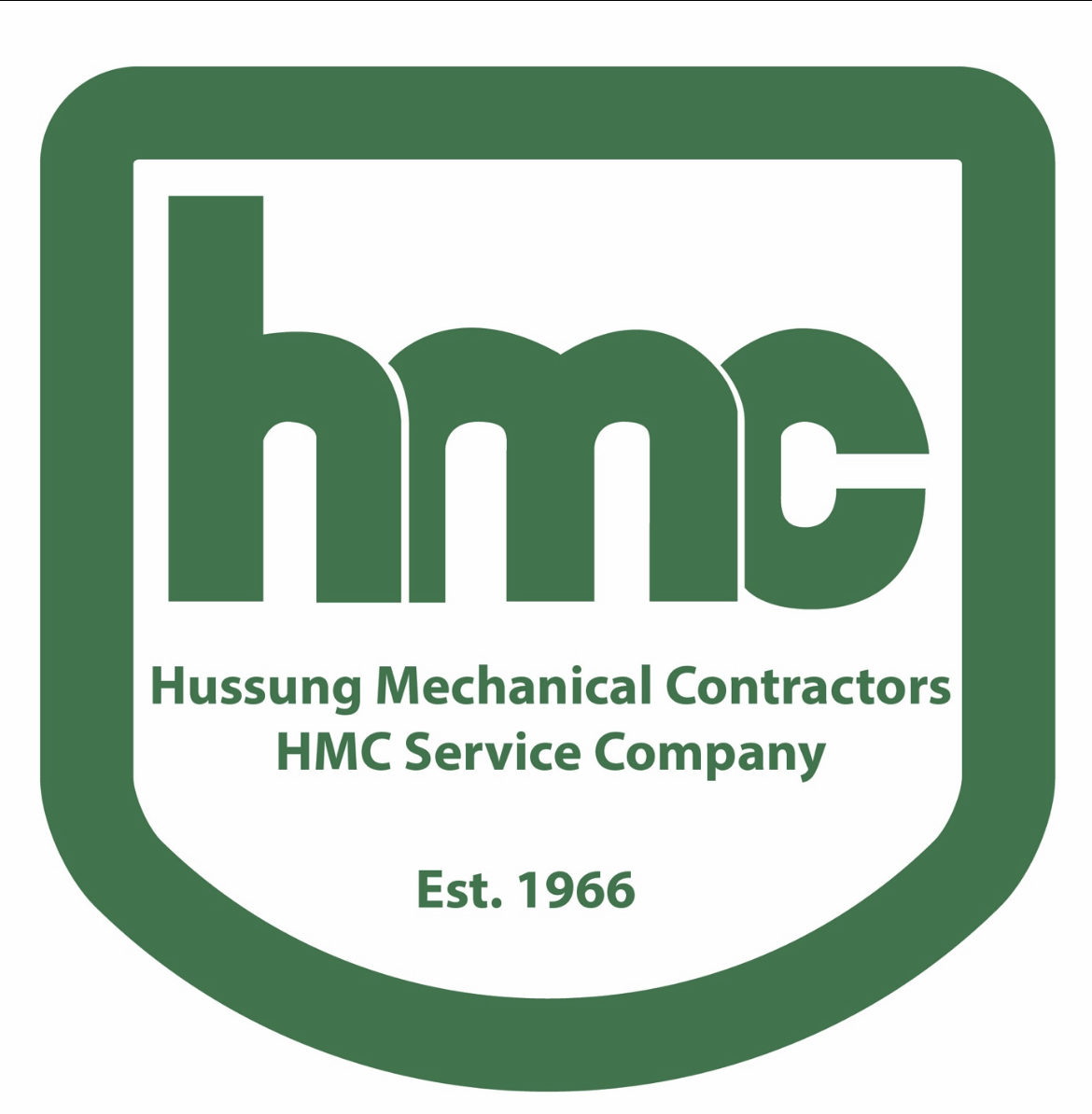Ensuring indoor air quality (IAQ) is more than just a compliance requirement; it’s a critical factor in maintaining occupant safety and comfort in commercial buildings. With millions of employees working in these environments daily, building managers must prioritize effective ventilation systems to prevent indoor air pollution, meet fresh air requirements, and boost productivity and well-being.
Why Ventilation Matters
Well-maintained HVAC systems play a pivotal role in enhancing IAQ by supplying fresh air, reducing pollutants, and managing humidity levels. Proper ventilation not only creates a comfortable environment but also ensures compliance with evolving building codes and fresh air standards.
Staying Updated with Ventilation Standards
Ventilation standards and building codes are updated frequently, making it essential for building managers to stay informed. Partnering with a reliable commercial HVAC company can ensure your building complies with these regulations. Additionally, a properly designed ventilation system helps manage issues like mold, humidity, and pollutants, keeping both occupants and assets safe.
Fresh Air and Effective Ventilation
While controlling pollutants at their source is the most effective way to improve indoor air quality, it’s not always feasible. This is where ventilation becomes critical. Ventilation systems, both mechanical and natural, facilitate airflow and dilute harmful particles. HVAC systems and air cleaners ensure fresh air is delivered throughout the building, contributing to better indoor environments that support occupant health.
Key Standards You Should Know
ASHRAE Standards 62.1 and 62.2
The ASHRAE Standards define indoor air quality and ventilation requirements to maintain safe environments. These guidelines outline minimum ventilation rates and establish benchmarks that help minimize adverse health effects from poor air quality. Building managers should remain familiar with these standards to ensure their buildings meet or exceed compliance requirements.
OSHA Standard 1910.94
The Occupational Safety and Health Administration’s (OSHA) Standard 1910.94 emphasizes environmental controls across industries. It highlights the importance of adhering to workplace ventilation standards for the health and safety of all employees.
Identifying and Addressing Indoor Air Pollution
Indoor air pollution comes from numerous sources, including fuel-burning appliances, cleaning supplies, excess moisture, and even building materials. Poorly maintained HVAC systems can exacerbate these issues, leading to extended pollutant presence. Building managers should monitor air quality and proactively address potential pollution sources.
Common Sources of Indoor Air Pollution Include:
- Fuel-burning appliances
- Deteriorated asbestos-containing materials
- Newly installed carpets, furniture, or flooring
- Central HVAC systems and humidification devices
- Excess moisture and radon intrusion
Health Consequences of Poor Ventilation
Insufficient ventilation can lead to a range of health concerns for occupants, from headaches and drowsiness to more severe conditions like Legionnaire’s disease or sick building syndrome (SBS). Poor air quality can also decrease productivity and increase employee sick days. Meeting fresh air requirements and maintaining high IAQ can help mitigate these risks, creating a healthier work environment.
The EPA’s Clean Air in Buildings Challenge
To address indoor air quality on a national level, the Environmental Protection Agency (EPA) launched the Clean Air in Buildings Challenge, a call to action for improved IAQ in commercial spaces. The EPA recommends the following actions:
- Develop a clean indoor air action plan.
- Optimize ventilation systems for fresh air intake.
- Enhance filtration and cleaning with advanced technologies.
- Engage with facility occupants through education and communication.
By following these guidelines, building managers can significantly reduce the risks associated with indoor air pollution and create safer environments.
Ventilation Solutions for Commercial Buildings
The Centers for Disease Control (CDC) recommends an air change rate of five or more air changes per hour (ACH) for sufficient air circulation. To achieve this, ensure your HVAC systems meet the minimum ventilation requirements outlined in building codes. When permissible, increase filter efficiency to a Minimum Efficiency Reporting Value (MERV)-13 or higher. Advanced filtration combined with optimized outdoor air delivery can dramatically enhance IAQ.
Maintenance Is Key
Regular maintenance of HVAC systems is non-negotiable. Key tasks such as filter replacements, coil cleaning, and system inspections are essential to maintain efficient operation and ensure compliance with fresh air requirements.
How HMC Can Help
At HMC, we specialize in solutions that enhance indoor air quality. From installing advanced air purification technologies like UV lighting and bi-polar ionization to performing critical HVAC maintenance, we tailor our services to meet your building’s unique needs. Our team ensures your systems are optimized to tackle pollutants, reduce germ transmission, and maintain a safe environment for occupants.
Whether you’re looking to upgrade your HVAC systems or want help meeting compliance requirements, we’re here to assist. Contact HMC today via email at sales@hmcservice.com to learn more about our indoor air quality services and take the first step toward healthier, safer buildings.
Protect your occupants. Optimize your building. Partner with HMC for your air quality solutions.

